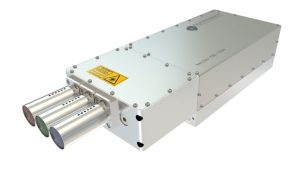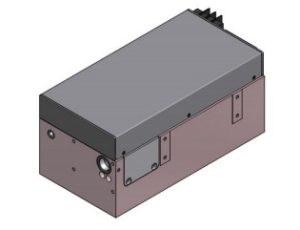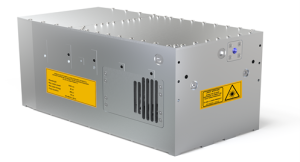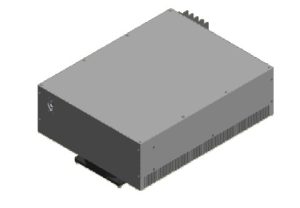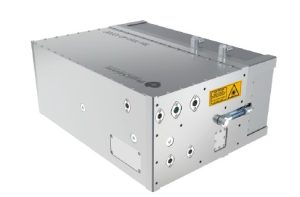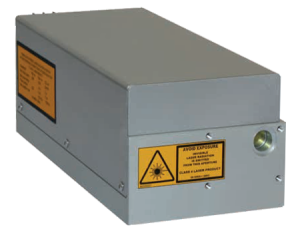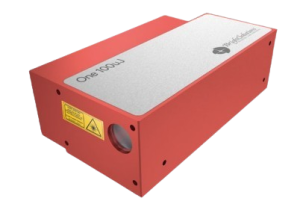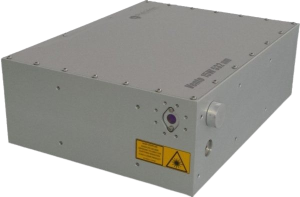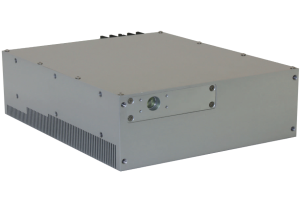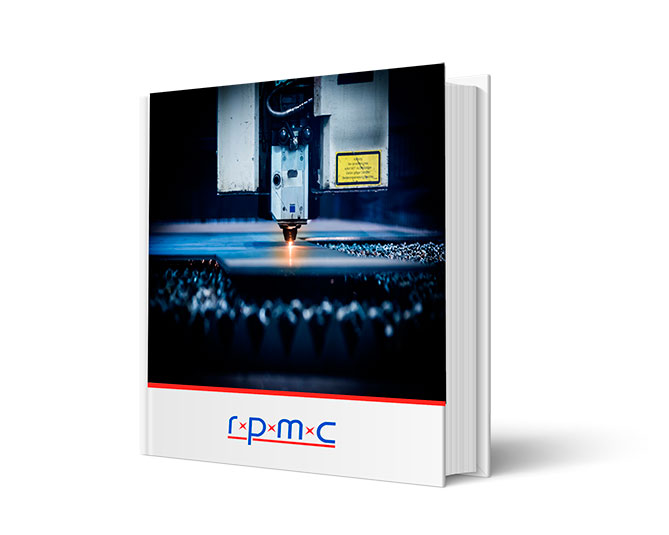Bright Solutions Lasers
RPMC Lasers is the Exclusive Source for Bright Solutions Lasers’ Products in North America
-
-
- Started over 25 years ago with >10,000 units fielded to date in aerospace, medical, research & industrial applications
- Flexible standard and custom DPSS laser platforms tailored to your exact application requirements
- A leader in the bathymetry market, providing airborne-ready laser sources for various levels of application complexity
-
Why Choose Bright Solutions?
State-of-the-Art, Innovative Standard & Custom DPSS Laser Platforms
-
-
- Originated as a laser engineering & design house, custom lasers are ingrained in their culture
- Evolved into production of a range of standard, flexible laser platforms & systems
-
- See the rest of the business group for Microchip Lasers and Micromachining Systems
-
- Now a leader in standard & custom DPSS lasers with attractive pricing & low total CoO
- UV to SWIR, ns/ps pulse widths, high peak powers, low jitter operation, air-cooled
- Rugged, compact & reliable fixed cavity DPSS laser performance for numerous applications
-
Decades of Application Experience: Aerospace, Medical, Research, Industrial
-
-
- A leader in bathymetry & LIDAR – tailored lasers for specific application requirements
- Advanced applications lab for proof-of-concept testing & process development support
-
Excellent, Long-Standing Reputation: Quality Products & Customer Support
-
-
- > 25 years in business, satisfied employees & one of our oldest trusted partners
- > 10,000 units fielded to date with 1000s of satisfied customers
- Excellent quality laser products and world-class customer support & service
- Laser experts work closely with you to define the best solution for your application
- ISO 9001 certified & accredited by Accredia – The Italian Accreditation Body
-
In our 20-year partnership, Bright Solutions has proven to be an industry leader in high-energy DPSS lasers. With evolving challenges in the aerospace, medical & research markets, their focus on innovation & quality keeps them competitive and ready to address ever-changing requirements. Their rugged & reliable lasers are integral to aerospace applications, setting new standards in airborne bathymetry & high-energy LiDAR. Choose Bright Solutions for innovative, reliable laser platforms that meet your exact requirements.




Let us help find the right solution for you!

 SHIPS TODAY
SHIPS TODAY 
